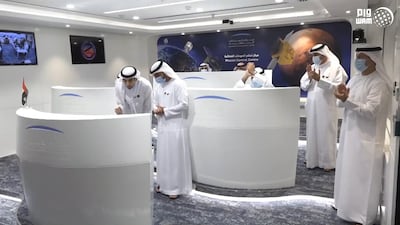












































Hope Probe: UAE marks one year since Emirates Mission reached Mars in historic feat
On February 9 2021, the Emirates became the first Arab country to arrive at the Red Planet

Sarwat Nasir
February 08, 2022
- Listen in English
- Listen in Arabic














































February 08, 2022